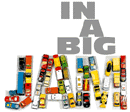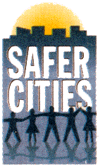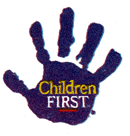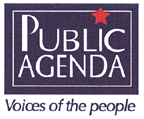In a Big Jam, Hackensack, NJ

In a Big Jam, Hackensack, NJ 1995
Partners:
The Record
TCI, Northern New Jersey
Caucus Educational Corp.
“The Quality of Life Project” comprised a number of ambitious efforts to stimulate informed public dialogue about how to preserve Bergen County’s best qualities in an era of increasing congestion, rising crime and a changing economy.
The first step was to find the consensus on what qualities should be preserved. The paper polled 600 area residents and more than 200 county leaders about the region’s strengths, weaknesses, challenges and opportunities. It also asked readers to respond to the same questions through a coupon in the paper and received more than 1,200 responses. Then it brought in task forces of residents and public officials for roundtable, brainstorming sessions.






